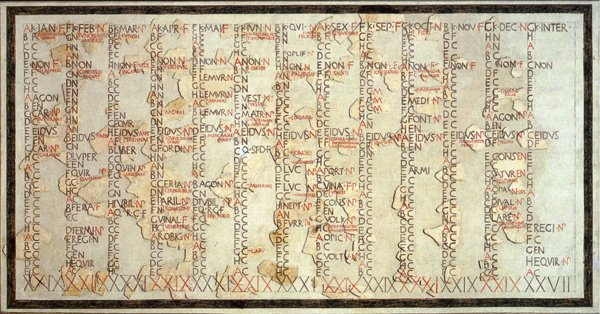The Julian calendar is a calendar system introduced by Julius Caesar in 46 BC. It was a reform of the Roman calendar and served as the predominant calendar in the Western world for more than 1,600 years. The Julian calendar was designed to approximate the length of the solar year, with a regular year consisting of 365 days divided into 12 months.
Julius Caesar introduced the Julian calendar as a way to address the inconsistencies and inaccuracies of the Roman calendar. The Roman calendar was based on a lunar system, which caused it to fall out of sync with the solar year. Caesar consulted with the best astronomers and mathematicians of his time to create a more accurate calendar system.
Origin Of The Julian Calendar
Key Features of the Julian Calendar
The Julian calendar featured several key innovations, including the introduction of the leap year. A leap year occurs every four years, adding an extra day to the calendar to account for the slightly longer solar year. This adjustment helped to keep the calendar in alignment with the seasons and the solar cycle. The Julian calendar also established January 1st as the start of the new year, a tradition that continues to this day.
